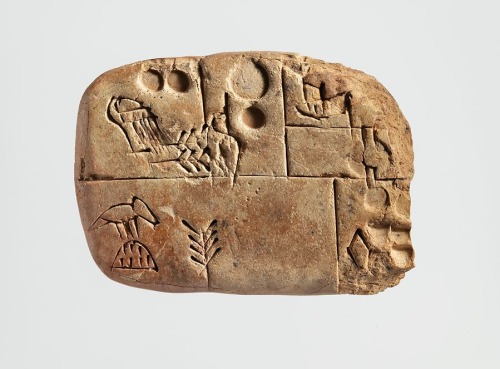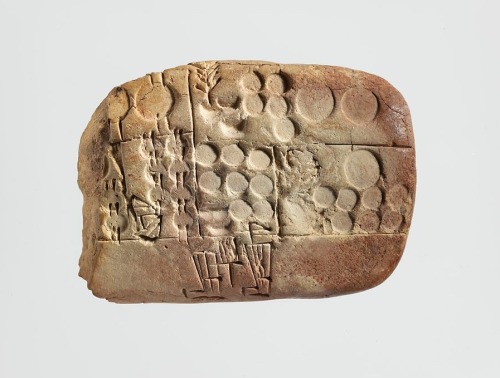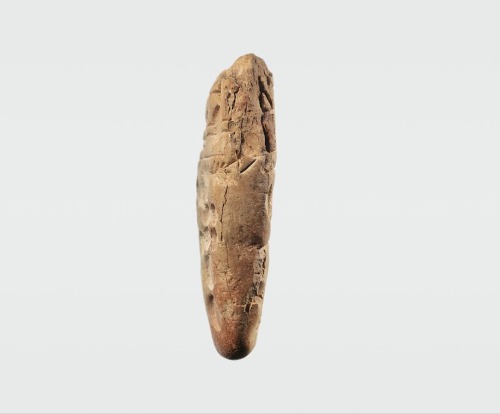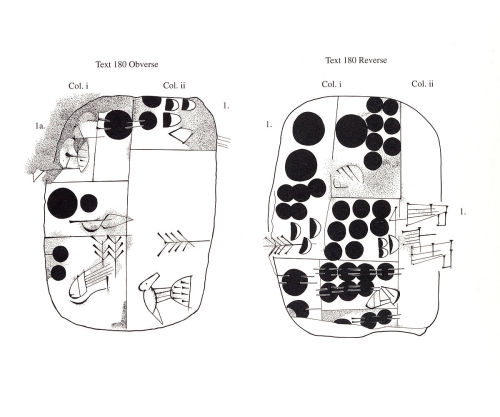NASA's Planetary Defense Coordination Office (PDCO) Successfully Carried Out Its Double Asteroid Redirection
NASA's Planetary Defense Coordination Office (PDCO) successfully carried out its Double Asteroid Redirection Test (DART) to impact with the asteroid Dimorphos, satellite of Didymos

DART on-board camera

observed by Asteroid Terrestrial-impact Last Alert System (ATLAS)

observed by Light Italian Cubesat for Imaging of Asteroids (LICIA)
More Posts from Absiesfeed and Others






Keith Haring windsurfing with friends on a beach in Knokke-Heist, 1989.
Photos by Tseng Kwong Chi


Khabi Khushi Khabie Gham, x




Sumerian cuneiform tablet (c. 3100 – 2900 BC). Administrative account recording the distribution of barley and emmer wheat. Probably from Uruk (Warka, Iraq).
The first system of writing in the world was developed by the Sumerians, beginning c. 3500 – 3000 BC. It was the most significant of Sumer’s cultural contributions, and much of this development happened in the city of Uruk.
A stylus was used to creat wedge-like impresssions in soft clay, and the clay was fired afterwards. The word “cuneiform” comes from the Latin cuneus, meaning “wedge”.
These wedge-like impressions were first pictographs, and later on phonograms (symbols representing vocal sounds) and “word-concepts” – closer to a modern-day understanding of words and writing. All the great Mesopotamian civilizations used cuneiform, including the Sumerians, Akkadians, Babylonians, Hatti, Hittites, Assyrians and Hurrians. Around 100 BC, it was abandoned in favour of the alphabetic script.
The earliest texts used proto-cuneiform, and were pictorial. Writing was a technique for noting down things, items and objects (e.g. Two Sheep Temple God Inanna). This system worked well for concrete, visible subjects, but could give little in the way of details. As subject matter became more intangible (e.g. the will of the gods, the quest for immortality), cuneiform developed in complexity to represent this.
By 3000 BC, the representations were more simplified. The stylus’ impressions conveyed word-concepts rather than word-signs – for example, the scribe could write about the more abstract concept of “honour”, rather than having to specifically depict “an honourable man”.
The “rebus” principle was used to isolate the phonetic (sound) value of a particular sign. Rebus is a device that combines pictures (or pictographs) with individual letters to depict words and/or phrases. For example, the picture of a bumblebee followed by the letter “n” would represent the word “been”. With the rebus principle, scribes could express grammatical relationships and syntax to clarify meaning and be more precise.
There are only a few examples of the use of rebus in the earliest stages of cuneiform (c. 3200 – 3000 BC). Consistent usage of rebus became apparent only after c. 2600 BC. This was the beginning of a true writing system, characterized by a complex combination of word signs and phonograms (signs for vowels and syllables).
By c. 2500 BC, cuneiform (written mostly on clay tablets) was used for a wide variety of religious, political, literary, scholarly and economic documents.
Now the reader of the tablet didn’t have to struggle with the meaning of a pictograph – they could read word-concepts that more clearly conveyed the scribe’s meaning. The number of characters used in writing was reduced from 1000 to 600, to make it simpler.
By the time of the famous priestess-poet Enheduanna (c. 2285 – 2250 BC), cuneiform had become sophisticated enough to convey not only emotional states such as love or betrayal, but also the reasons behind the writer’s experience of these states. Enheduanna wrote a collection of hymns to Inanna in the Sumerian city of Ur, and she is the first author in the world known by name.
Check it out

My favorite part about modern world-class scientists and mathematicians is how none of them sound real
We've got this guy
won the Fields Medal for his work in plasma physics
reports to the French government about advancements in science and technology
doesn't look out of place as a Hogwarts professor
and this guy
uncovered a KGB hacker conspiracy ring
sells personalized glassblown Klein bottles
from a miniature robotic forklift warehouse under his house
used a slide rule in 2006
thought the internet was a fad
and especially this guy (RIP)
cracked the mystery of the NASA Challenger space shuttle explosion
cracked open safes in the Manhattan Project for funsies
won the Nobel Prize for his work in quantum electrodynamics
played the bongos on the side
couldn't tell left from right

Harlequin’s Carnival, 1925, Joan Miro
Medium: oil,canvas

Meera bai Hindu print Kalyan. “Kalyan” is a Hindi monthly magazine published by Gita Press, Gorakhpur. (via CollectorBazar: Jaycollections)
-
 evolved-concepts reblogged this · 1 year ago
evolved-concepts reblogged this · 1 year ago -
 icanblognow reblogged this · 2 years ago
icanblognow reblogged this · 2 years ago -
 silverloke reblogged this · 2 years ago
silverloke reblogged this · 2 years ago -
 absiesfeed liked this · 2 years ago
absiesfeed liked this · 2 years ago -
 absiesfeed reblogged this · 2 years ago
absiesfeed reblogged this · 2 years ago -
 big-tiddy liked this · 2 years ago
big-tiddy liked this · 2 years ago -
 ev75 liked this · 2 years ago
ev75 liked this · 2 years ago -
 icepickaxe reblogged this · 2 years ago
icepickaxe reblogged this · 2 years ago

